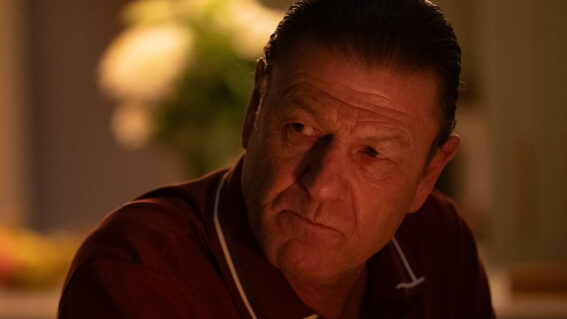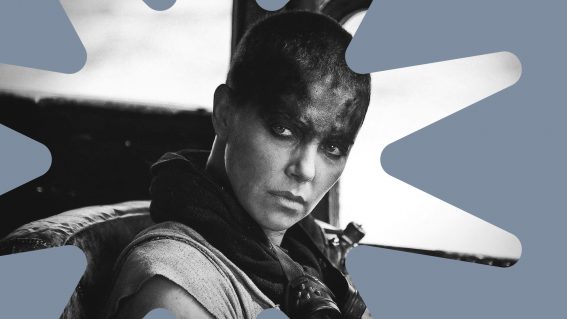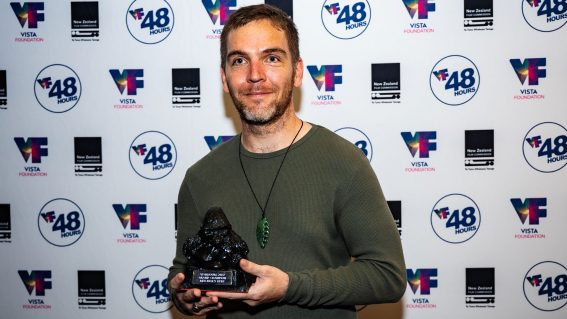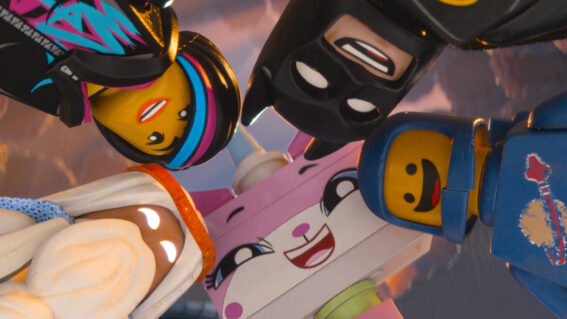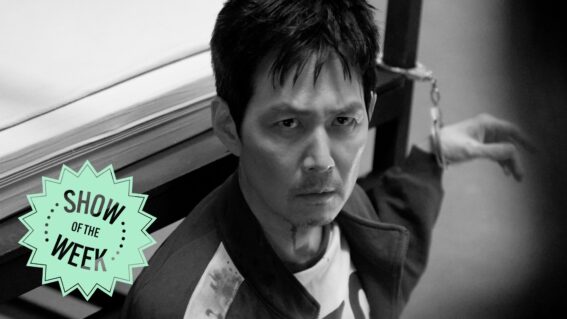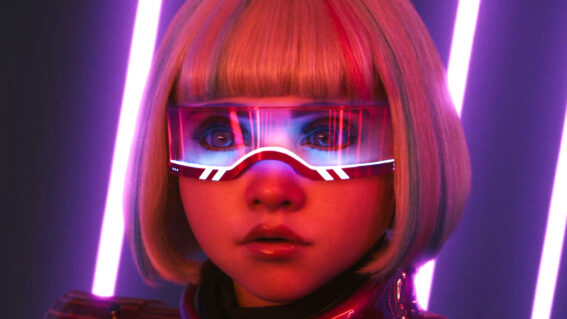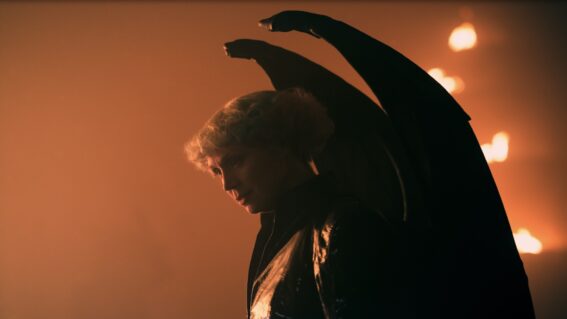Interview: ‘The Untamed’ Director Amat Escalante Talks Aliens and Animal Sex
Amat Escalante (Heli) took home the Silver Lion, best director award at the Venice Film Festival for The Untamed. Playing at the NZ International Film Festival, Escalante’s film blends domestic drama with science fiction elements in a tale of infidelity and sexuality. Steve Newall chatted to Escalante at the Sydney Film Festival, where the director […]
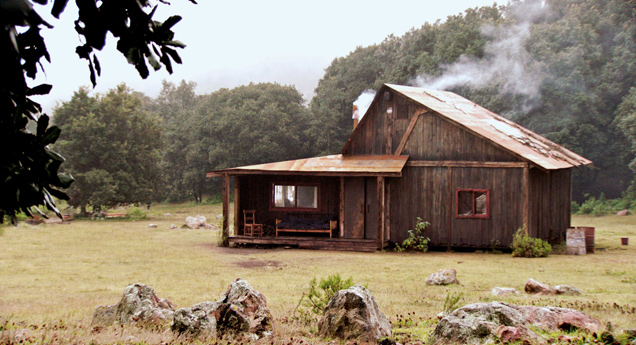
Amat Escalante (Heli) took home the Silver Lion, best director award at the Venice Film Festival for The Untamed. Playing at the NZ International Film Festival, Escalante’s film blends domestic drama with science fiction elements in a tale of infidelity and sexuality. Steve Newall chatted to Escalante at the Sydney Film Festival, where the director was presenting his film.
FLICKS: What’s the mood of the audience like during some of the more explicit parts of the film? Do you have a collective feeling in mind for the audience? I presume you’ve seen the film with an audience and seen the response.
AMAT ESCALANTE: Sometimes, yeah. It’s a difficult question. When I’m imagining it, I imagine people watching it but not in that way you just mentioned, the collective feeling. I don’t think so much collectively, I think more of individuals, and I trust that if I am interested and I approve of what I’m doing somehow, and I find it attractive or emotional and that stirs something, then some other people will also be the same as me and find it interesting. But I’ve seen it a few times, not the whole thing, but I did see parts of it, in a place where it’s maybe not the best as a general judgement – because it’s very particular – in Cuba. And they were a bit taken aback by some of the sex, the gay sex scenes, basically. They weren’t expecting that and didn’t appreciate it so much. And in a way, what was intended was to show these homosexual scenes – or scene, I think there’s one, basically – and then show this other scene with human and another creature that’s not from Earth. And just to kind of present these two things, and it’s not direct, precise commentary, but it is something in the sense that some people see same-sex relationships as alien, probably.
That might be the reason why I wanted to show that. And to present people with that, and see how they would react. But yeah, it’s not calculated in that sense for people to see it in a group. I don’t think of it that way. But it is exhilarating for me, when I see a scene in my movie, in any of my movies, where people react and move or jump or do a sound or a motion. I like that very much. And many of the things that I plan on doing on films are to elicit a reaction, kind of in amusement park rides. In that way. So, for me, a movie is somewhat of a ride, let’s say. You start and then it ends, and that time between the beginning and the end, you should go through a lot of things and be moved. And hopefully, when you leave, it’s not just immediate reactions that moved you and that are there. Hopefully, some of those reactions will stay with you. And they might even develop inside you and through the time you might think differently. Discover things just because they’re inside you, thinking and moving around. In a perfect world that’s how I wish my movies were.
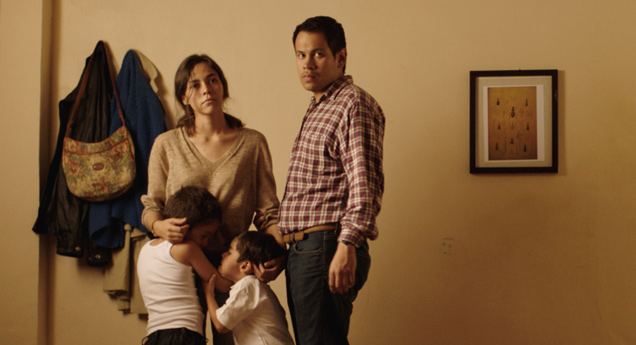
The audience does a lot of thinking the long opening shot. Because as an audience member you’ve gone to watch the film and you’re ready for something to come at you. And the first thing that you demand is their patience. It’s a visually arresting image, but why did you decide to open your film like that? And why the extended time?
I wanted to justify as much as possible the existence of this creature in the movie. And I tried for it not to be perceived as only a magic metaphor of a situation – I wanted to ground it like if this were to happen somehow, since I am dealing with a lot of very real situations socially and in the way of filming them. It’s a very naturalistic movie. I wanted to find, as much as possible, a justification for the craziness that we were going to see. So in that sense, I felt that showing, possibly hinting, that the creature came not from this Earth could make some possible sense, and it becomes more science fiction than just magical fiction. That’s why I put that in the length of it. It’s about timing I guess, and for me, it’s a bit difficult to explain that because for me it’s not so long.
I’m not saying it’s absurdly long, but there’s also time to contemplate.
Maybe it has to do with when you said patience in my movies. I like, in the first five minutes, for the audience to understand kind of what they are going to be getting into. And that is part of the way I am going to be showing things. So I always like to start the first few minutes of the movie so that even if somebody wants to leave they’ll be able to leave in the first five minutes because they’ll realize what type of movie it is. And maybe that’s why I wanted to make that statement “okay, this is going to be a movie that you’re going to need to relax a little bit”[laughter]. Take, like you said, the patience. Maybe that’s why I can see in other films I’ve made, also they start in a similar way with a shot that might be long and I find it an interesting way to settle into movie maybe.
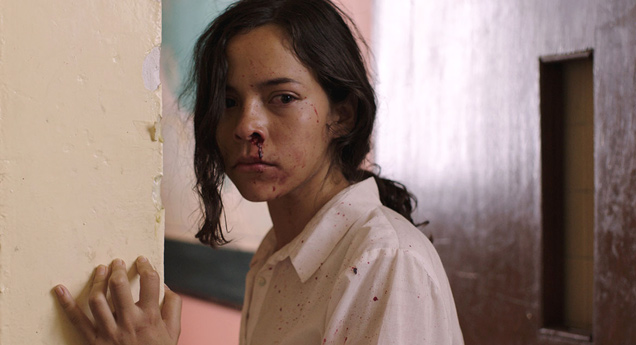
In those first few minutes you set up different contrasting elements that we are going to be spending time with as we watch the film, opposed elements of the fantastical and the everyday. At what point did this film become apparent to you that it was going to be about mixing this two different aspects?
I wrote the script with Gibrán Portela and I guess I presented him the idea and then we started to write. For about two versions of the screenplay there was no fantastical element, no creature, no science fiction, no horror, no genre element. But I felt I went into somewhat of a crisis of not being very satisfied with what I was finding or what I was telling. And when this idea came of having a science fiction element as a representation of what these characters were going through inside, it started to make sense. So from there, it was always a struggle, what you ask. It was always like a tightrope the whole time writing it. Shooting it was probably just more straight forward. But it was always kept in mind that we had to find a way to glue these two very different elements together, the science fiction genre element with the social realist dramatic element.
Up to the end of editing, we were struggling with it because we maintained it in our heads. And at the end, one of the elements was music and sound and working with that. It couldn’t be like a normal movie and then all of the sudden we go to genre. Normal and then genre, it all had to be one thing. So then we basically made the creature that had been bleeding into everything else. And we put the sound of that creature in many scenes. And shooting the movie also, we wanted to get a sense that something was strange. Like something was looking at these characters from a strange angle, or maybe we’re looking at a corner of a place that wasn’t normal. And all that had to be spread out throughout the movie for it to work. But that’s the reason why it’s not such a common thing to mix because it’s not easy to mix it. And even if it does mix properly, it’s still risky. In that sense, for me, it’s quite an experiment. I made this movie with not a very big budget and that gave me a lot of freedom. And then so it’s a really free movie in that sense. I’m really just doing things that came to me and I wrote with the screenwriter. And achieving those things was a challenge. A very fun challenge.
It was a co-production with Denmark and thanks to that co-production, we made that creature in Denmark. That job and that work was essential, and if that wouldn’t have come out the way that it did, the movie for me wouldn’t work. I would have had to probably take it out, and it would have been a mess, no? So that was very important. Just money and creativity. It’s the first co-production between Denmark and Mexico, and that was pretty essential for it to work.
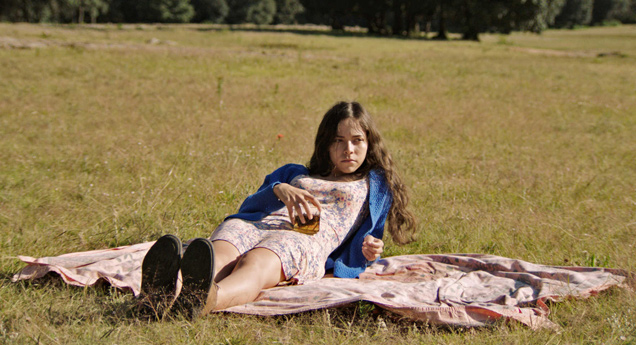
One moment that springs to mind is the shot in the film where we encounter a lot of really aroused animals. And that is, I think, is probably where you can see a Danish sensibility [laughs]. You can kind of see the work there. It’s a very arresting sequence. I was thinking, a lot of time goes into designing and executing that. So were you going to work and working on copulating animals during the day and then coming home?
Peter Hjorth, the visual effects advisor, came to Mexico for two weeks, and while we were shooting, he took care of the animals. So I didn’t do that, but he’s very good and he’s a true artist in many senses. And he managed to get that together in Mexico with Mexican animals, Mexican crew, and then went back to Denmark, and did the visual effects there with a company called Gentlemen Broncos. And then the creature was done by a company named Ghost, two different companies. I wasn’t there, but we did it, it was meticulous, and once you’re doing the thing, you really look at it from inside, you know?
But also, in movies it’s funny because the way we shot those things. Even the animal trainers, they didn’t understand what was happening because each animal was shot against the green screen with a sack. There is no animal underneath that. So, for example, if it’s a goat, they would put the goat on top of the sack of sand. Then, a semi-hidden hand – that wouldn’t need to be completely hidden because they would erase it – they would be pushing the animal in a rhythmic way. And then they would get another animal, which was supposed to be the one on the bottom, and they would do the same thing. And so many of the people, even the trainers of the animals didn’t realize what was happening exactly. So when you shoot it, it’s very technical. That’s also how sex scenes are also done between two actors. Not with green screen and people pushing, but it’s very technical and it’s very un-sexual.
So that’s something quite particular in film-making that you kind of discover that you have to really create those things with cinema language, with editing, with light and sound and everything. That scene with the animals is a good example of how we completely created something that didn’t really happen or was even there. We couldn’t even have two animals together or try to put them together that way because they would bite each other and fight.
I don’t want to seem too interested, but that’s a really interesting bit of insight there.
Amat Escalante was a guest of Sydney Film Festival and Vivid Ideas.
Flicks Editor Steve Newall travelled to Sydney Film Festival as part of Vivid Ideas courtesy of Destination NSW.






